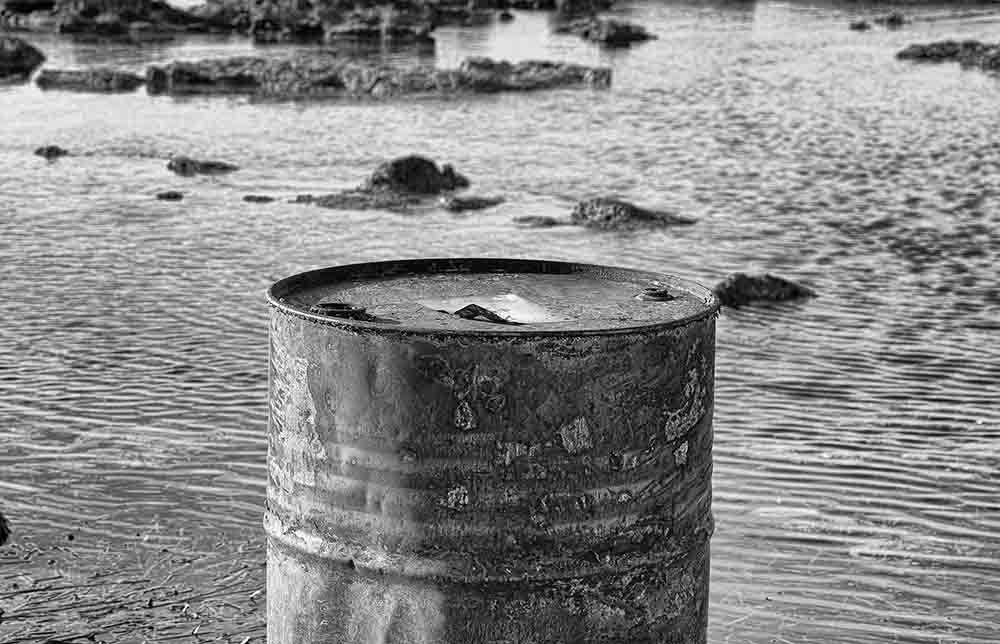Something happened this week that likely nobody predicted – or could even have conceived of predicting. The near-term futures contract for April West Texas Intermediate crude oil, the benchmark for North American prices, which expired on that very day, went negative, not just slightly, but to the extreme of over negative thirty US dollars per barrel. Excess physical supply meant that unlucky contract holders were forced to sell out; the commodities market equivalent of a margin call in the stock market.
While the startling and unprecedented plunge into negative territory was notable, it did not mean that – as yet – oil producers were actually paying others to take oil off their hands. It did point to major problems the industry faces, however. In the short term, the foremost issue is demand: it has crashed.
The coronavirus shutdown of most oil-consuming nations has drastically reduced the demand for oil. Fewer people commuting to work, less goods being trucked, lower global shipping volumes and a near-halt to airplane flights has meant that gasoline, diesel fuel and jet fuel are in surplus. The oil refineries that produce such fuels need much less crude oil, making producers slash their prices to offload it. The pipelines and storage tanks of North America, and most of the world, are overflowing with crude oil.
The US Energy Information Administration (EIA), forecasts that world demand will shrink by about 5% this year, or roughly five million barrels per day. Saudi Arabia took this opportunity to boost supply even more, causing the price to plunge, seeking to damage other nations that were not cooperating in its attempts to forge an agreement to reduce production to more closely match demand. Indirectly, this could work, as oil companies slash capital spending, allowing reserves and production to deplete and decline, respectively.
However, this takes time to occur. Some sorts of reserves have slow decline rates of less than 5% per year, while others, such as some shale formation wells, have much more rapid decline rates. Most of the new production that has made the United States the world’s largest oil producer over the past ten years has been from shale. The oil companies in Canada and around the world are hurting badly, and some of them are calling for government assistance to sustain them until oil prices recover; some are already receiving aid, in the form of financial subsidies to help remediate closed or abandoned oil wells.
The provinces of Alberta, Saskatchewan and Newfoundland and Labrador are in fiscal trouble. They derive much of their revenues from oil royalties on provincial territory. They too are looking to Ottawa to help them through this year – and perhaps beyond. Yet, it does not have to be this way.
Rationally and competently run oil and gas producers commonly and continually hedge most or, sometimes, all of their future production by selling futures contracts on barrels of oil or gigaJoules of natural gas. The ones that are trundling along reasonably well have at least hedged the estimated costs, including their capital budgets, that they will have over the next few quarters; perhaps even a year or two or more. They sell barrels of oil, at, say, US$30 per barrel, locking in that price, and forgo any future gains they might have scored if the oil price recovered, but they are assured of not losing money if the price goes below $30 – let alone turns negative. Farmers do the same thing when they sell grain futures forward, locking in their price, and not gambling on a windfall escalation – which is what those parties do who do not lock in gains or cover their production and capital expenses, by selling oil or gas futures.
All of which begs the question: Why have any oil companies not hedged their production costs, at least, and for at least the next year or so? Also another: Why should taxpayers have to pay for their shortsightedness and what is effectively a risky sort of gambling strategy?
Come to that, why do the governments of oil and gas producing regions, not just the aforementioned ones, but also Nova Scotia and British Columbia, not also hedge the prices of the petroleum commodities they rely on for a good portion of their revenues? The means are at hand. 
While the standard contracts use West Texas Intermediate oil delivered at Cushing Oklahoma, and natural gas at Henry Hub in Louisiana, there are Canadian-industry-tracking alternatives available: Western Canadian Select and AECO, respectively, for their energy equivalents.
If the provincial treasurers in Edmonton, Regina, St. John’s, Victoria and Halifax do not know how to go about it, there are commodity or investment dealers who can do it for them, and customize it to their needs. If they think this is gambling, what do they think blundering blithely along through volatile and dangerous energy markets and risking the hazards of other injurious economic forces without insuring against them is? Prudent?
Not likely. Provincial governments need to be sober, disciplined, realistic and do whatever they can to not lose money for their citizens, who, they might recall, vote them in and out, and are having ever less faith in the dubious wisdom of their putative leaders, given what has transpired thus far this year.
Ian Madsen is a senior policy analyst with the Frontier Centre for Public Policy.



